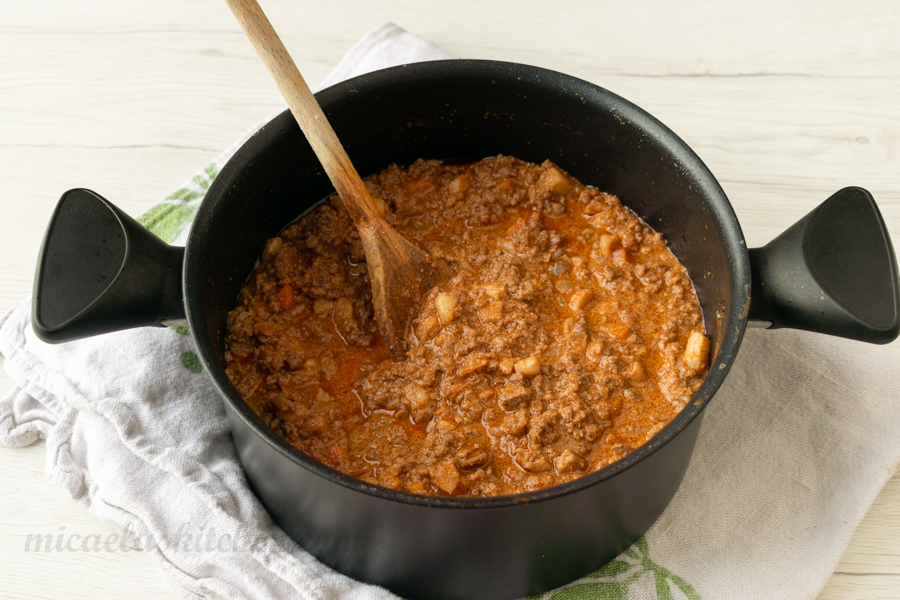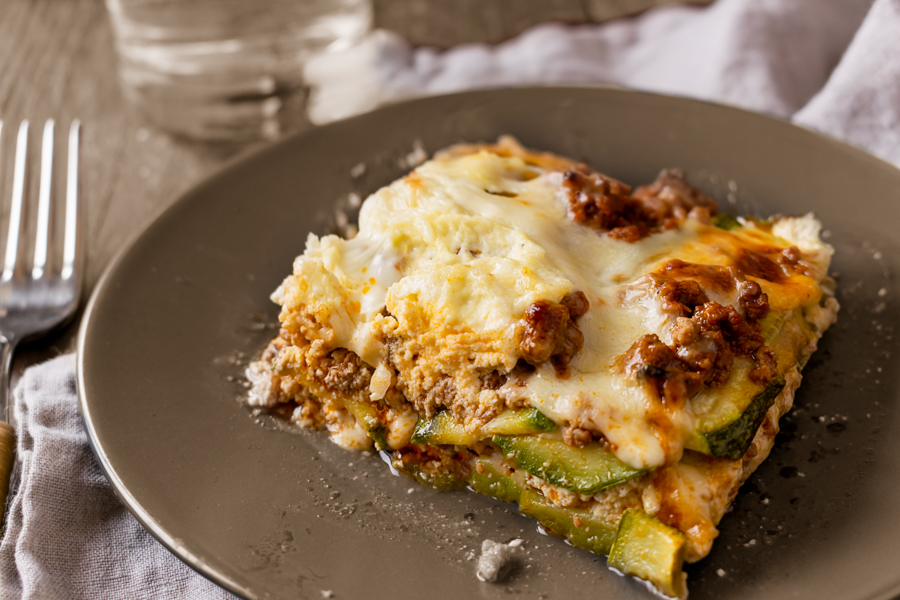The tang of pecorino, the cream of burrata – every bite of Italian cheese tells a story. Join a culinary tour through the regions to discover these iconic cheeses.
The scent of fresh mozzarella dancing on the breeze as you stroll down a cobblestone street. The tang of sharp pecorino romano atop your pasta. The creaminess of burrata on an antipasto spread. Every bite of Italian cheese tells the story of the land and people who created it. Join me on a culinary tour through the regions to discover how their iconic cheeses shape tradition. From Gorgonzola to Burrata, we’ll savor how these complex flavors came to be.
Italian Cheeses in Regional Traditions: A Culinary Journey Through Flavors
Italy is renowned for its rich culinary tradition, characterized by an abundant diversity of regional dishes that are notable for their distinctive and authentic flavors. One of the core components that aids in delineating the character of these dishes is the utilization of local cheeses, each imparting a singular flavor to traditional recipes tied to the territory.
Italy’s cheesemaking tradition spans centuries and varies significantly based on region. Each area of Italy utilizes local ingredients and techniques passed down through generations to produce distinctive cheeses reflecting the geography and culture.
Cheeses from Northern Italy
Gorgonzola
In northern Lombardy, gorgonzola has been made for centuries. This soft cheese gets its characteristic veins from penicillin mold. Gorgonzola is used in dishes like polenta with gorgonzola sauce and risotto with radicchio and gorgonzola. It is also delicious on its own, paired with fig jam or honey. In the Lombardy region of Italy, gorgonzola is prominently featured in many local dishes.
Fontina
The Aosta Valley of Italy is renowned for its fontina cheese, which has a semi-hard texture and delicate aromatic flavor. Fontina is used in preparations such as fondue, Valpellinentze soup, and potato cake, lending an irresistible creaminess and enveloping taste to classic local specialties.
Robiola
Robiola is a soft, rindless Italian cheese that is typically aged for a short period of time. It is produced in several regions located in northern Italy. Robiola can be crafted from goat’s milk, cow’s milk, sheep’s milk, or a blend of various milks. This cheese has a slightly bitter flavor profile and its soft texture means it can be consumed either in solid form or spread onto bread.
Parmigiano-Reggiano, a King of Cheeses from Emilia-Romagna
Hailing from Emilia-Romagna, parmigiano-reggiano is one of the most prized Italian cheeses. This hard, crumbly cheese made from cow’s milk has a rich, nutty flavor. Parmigiano-reggiano is grated over pasta dishes like tortellini in brodo and tagliatelle with ragù. It is also used in dishes like parmigiana melanzane, breaded and fried eggplant. With a tradition dating to the Middle Ages, parmigiano-reggiano is truly the king of Italian cheeses.
Cheeses from Central Italy
Pecorino
Central Italy is known for pecorino, a hard sheep’s milk cheese. Pecorino Romano from Lazio and pecorino Toscano from Tuscany are the most famous. Grated pecorino Romano is used in Roman pasta dishes like pasta carbonara and cacio e pepe. Tuscan pecorino, milder in flavor, is featured on panforte, a traditional Christmas sweet bread.
Ricotta
One of the most versatile Italian cheeses is ricotta, made from the whey leftover from cheesemaking. Ricotta is used in sweet and savory recipes across Italy. For example, in Tuscan cuisine it is a key component of Florentine Schiacciata, a traditional dessert complemented by the cheese’s creamy yet slightly acidic qualities. In Rome, ricotta stars in dishes like bucatini pasta with ricotta and black pepper.
But ricotta is also widespread in Southern Italy. In Calabria ricotta is a fundamental ingredient of almond pastries, almond paste biscuits, and in Sicily it is the fundamental ingredient in Sicilian Cannoli and Cassata. In Naples, ricotta is a key ingredient in pastiera, an Easter pie filled with ricotta, grano—boiled wheat berries—and candied citrus. From the north to the south, ricotta adds richness, moisture and subtle flavor to both sweet and savory specialties.
Cheeses from Southern Italy
Caciocavallo
In the Campania region, caciocavallo cheese is undisputedly prominent in traditional cuisine. This stretched curd cheese, with an intense and enveloping flavor, is perfectly suited for preparing eggplant parmesan, a rich and tasty dish that embodies the authenticity of southern gastronomy.
Burrata
The southern region of Puglia is known for burrata, a fresh cheese made from mozzarella and cream. Burrata literally means “buttered” in Italian, describing its soft, buttery texture. It’s frequently paired with orecchiette, ear-shaped pasta, and served with fresh tomatoes, basil and olive oil. The combination of the mild burrata and slightly acidic tomato sauce is sublime.
Ragusano
Ragusano DOP is a stretched curd cheese produced with whole raw cow’s milk in Sicily. One of the oldest cheeses in the region, it is also known as Caciocavallo Ragusano. With a characteristic parallelepiped shape with a square cross-section and rounded corners, it is pleasant and aromatic, and it has a sweet yet delicate flavor that is overall very tasty.
Pairing Wine and Other Drinks With Italian Cheeses
When enjoying Italian cheeses, the perfect accompaniment is a glass of wine or another complementary drink. Here are some classic pairings to try:
Red Wine and Hard Cheeses
For robust hard cheeses like Parmigiano-Reggiano, Pecorino Romano, and aged Provolone, a bold red wine is ideal. Options include Barolo, Barbaresco, Brunello di Montalcino, and Primitivo—all made from grapes native to Italy. The tannins and oak flavors in the wine balance the salty, savory flavors of the cheese.
White Wine and Soft Cheeses
For creamy soft cheeses like Mascarpone, Ricotta, Taleggio, and Gorgonzola, a crisp white wine cuts through the richness. Pinot Grigio, Vermentino, and Falanghina are all light, citrusy wines that won’t overpower the subtle flavors of the cheese. You can also try a sweet dessert wine like Moscato d’Asti with mascarpone and fresh fruit.
Traveling through Italy, you’ll discover how regional cheeses and the traditional recipes they inspire tell the story of the country’s diverse culinary heritage. Buon appetito!








